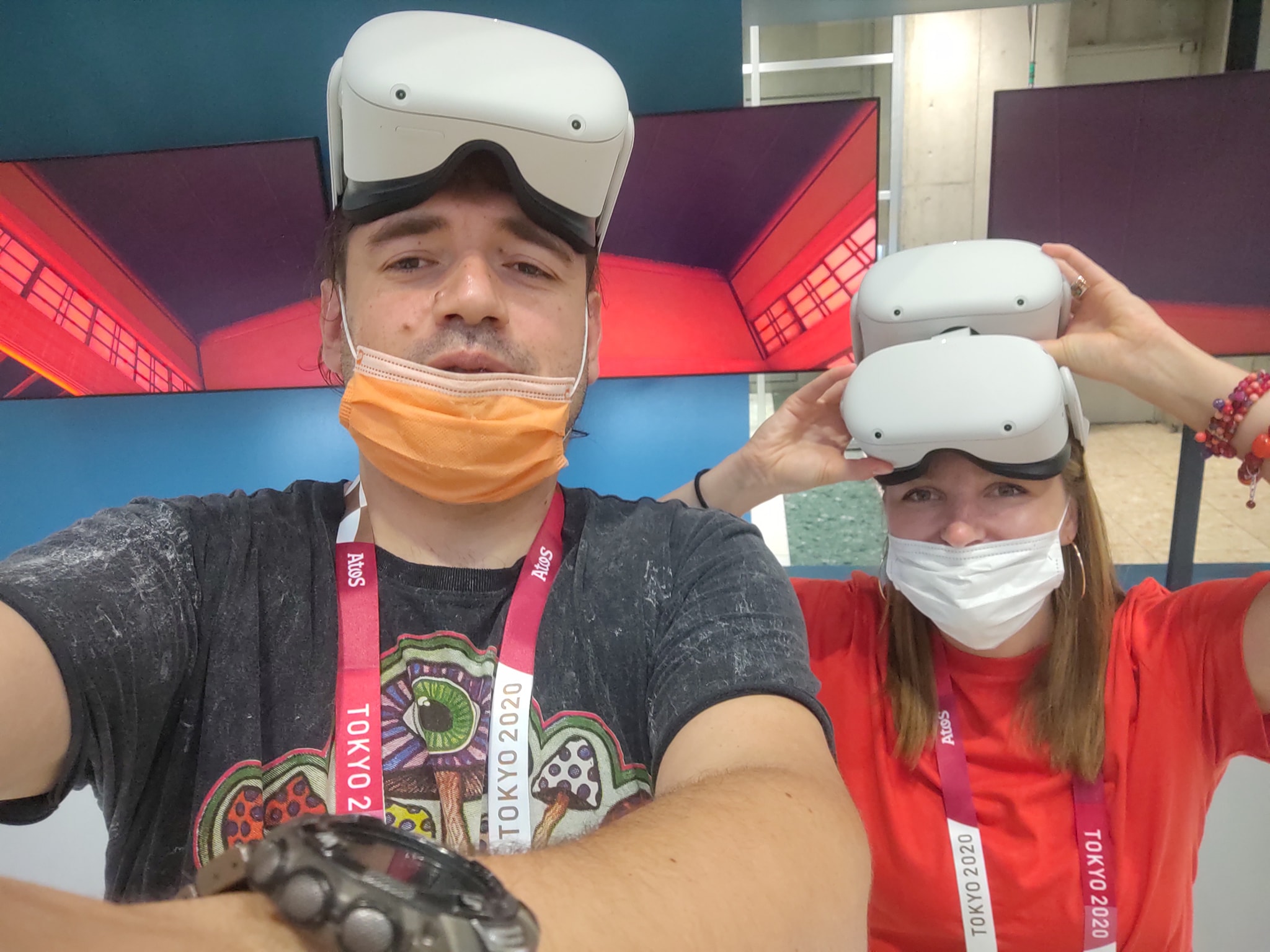Anatoly Goronesko, founder of VR Sphera and VR Cast, in the TKT1957 survey «The year 2030: AI or engineer?».
- How will the broadcasting industry and broadcast technologies change in the next 5 years?
- If we model the world of broadcasting and broadcast tech in 2030, what role will AI play?
- How will AI change your business segment?
- Which professions will AI displace in the broadcasting technology industry by 2030?
1. Over the next five years, we will see a trend toward the simplification, automation, and miniaturization of broadcasting equipment, leading to significant changes and equipment upgrades as the internet becomes the primary delivery medium. The internet will fundamentally alter the approach to content production and distribution. In addition to the shift to IP production, mini-cameras, automated filming, and delivery through social media, video hosting platforms, websites, and apps, the viewer’s behavior will evolve. Viewers will gradually transition from passive consumers of ready-made content to co-producers. Any viewer can participate in content creation by submitting their material—perhaps amateur but interesting and timely—engaging in chats, interacting on social platforms with other users, creating groups, playing games, and using interfaces.
All these capabilities are globally changing how advertisers work with broadcasters. Advertising, product placement, native advertising, and other tools are transforming how broadcasters generate revenue. It is widely recognized that the audience for traditional television is aging, which impacts reach and advertising budgets. As a result, broadcasters need to optimize costs, implement new principles, reduce expenses, automate processes, and, most importantly, apply new interactive creative scenarios to retain audience attention, increase reach, and deepen engagement in the new environment. This is crucial as competition with solo bloggers on video hosting platforms shows that one person with an inexpensive camera but interesting and valuable content can attract far more interest from advertisers than traditional broadcast content.
Lastly, despite the prevalence of smart TVs, their potential remains underutilized. People are increasingly using regular smartphones to search for and view content. Therefore, addressing and formatting content for vertical viewing is more relevant now than ever. My forecast is that in five years, we will see the emergence of a new viewer profile—a generation that has grown up on social media, video games, and watching bloggers. We can expect many bold new approaches from broadcasters, social networks, messengers, and websites, which will become the primary platforms for content distribution and delivery. However, new challenges related to rights, censorship, and freedom of speech will also arise and will need to be addressed.
2. I am confident that AI technologies will take center stage in many aspects: from automated content production (smart cameras that could fully replace operators or make their work remote, allowing them to control camera parameters like color and lighting remotely, with AI components handling panning and cropping) to generative graphics, deepfakes, and recommendation algorithms in news feeds.
If we look at TikTok, their key differentiator from other video hosting platforms for short-form content is precisely their AI algorithm for personalized recommendations in the news feed. Every social network is heavily investing in developing algorithms and building their own data centers and computing clusters for AI.
Moreover, a significant part of investments is going into generative networks and large language models (LLMs). Facebook, for example, is steadily advancing towards developing the metaverse concept, which includes speech recognition and instant generation of photorealistic graphics. In other words, a user could simply voice what they would like to see, and this scenario would be generated in real-time specifically for them. To summarize the key areas for AI, they include smart cameras, news feed recommendation algorithms, generative language models, and content personalization tailored specifically to the user.
3. We have been researching and developing smart cameras for automated content production for several years now. At VRCAST, we have long and deeply integrated AI-based solutions into our business. In the near future, I would like to explore the use of AI-based video codecs to stream UHD, 6K, and 8K video to client devices with higher compression and lower bandwidth requirements to save bitrate using AI compression algorithms. We have also experimented with using AI for image analysis, identifying specific patterns and human emotions in images—this technology holds enormous potential for real-time video conferencing, teleconferencing, telemedicine, education, and many other fields.
4. Roles such as camera operators, broadcast directors/engineers, ad insertion, quality control, producers, and line staff may be impacted. AI will, on one hand, replace many routine functions, but on the other hand, it will create new professions. Therefore, my advice is to study new technologies, improve your expertise, and stay visually informed. Don’t be afraid to experiment and make mistakes—find your style and try yourself in new roles. For example, “prompt engineering”—the skill of formulating tasks for language or generative AI models—is becoming increasingly relevant. The saying “the quality of the answer depends on the quality of the question” applies here, and specialists in this field will soon be in high demand.
Incidentally, Amazon’s CEO Andy Jassy shared results of implementing the generative AI assistant Amazon-Q for the task of upgrading corporate applications to Java 17 (the new functional version of Java SE).
– Previously, updating one application required about 50 person-days of work by company programmers. Now, it takes only a few person-hours.
– Considering the vast number of applications used by the company, the savings amounted to 4,500 person-years of work.
– The quality of work done by the generative AI assistant was so high that in 79% of cases, no human corrections (not a single line of code) were needed.
– The updates increased security and reduced infrastructure costs, providing an estimated $260 million in annual efficiency gains, according to Jassy.
This news suggests that technical support and software updates will soon become much cheaper, occur much faster, and companies may no longer need in-house programmers for such tasks.
All the opinions of industry leaders can be seen in the survey “Year 2030: AI or Engineer?”.










